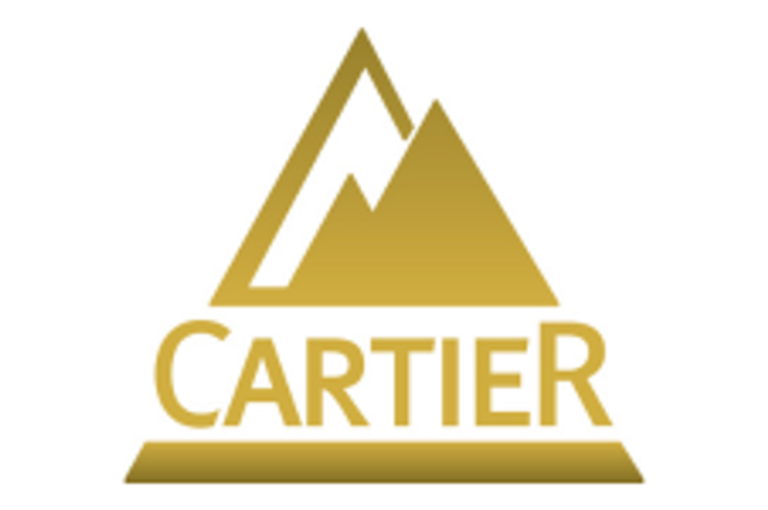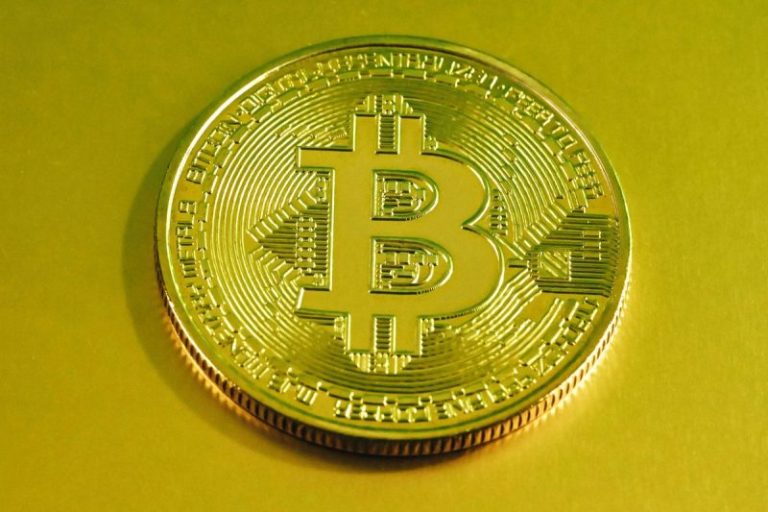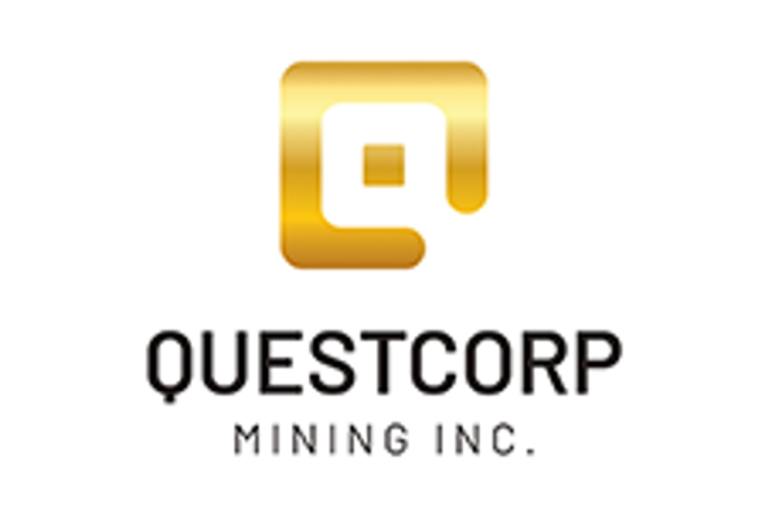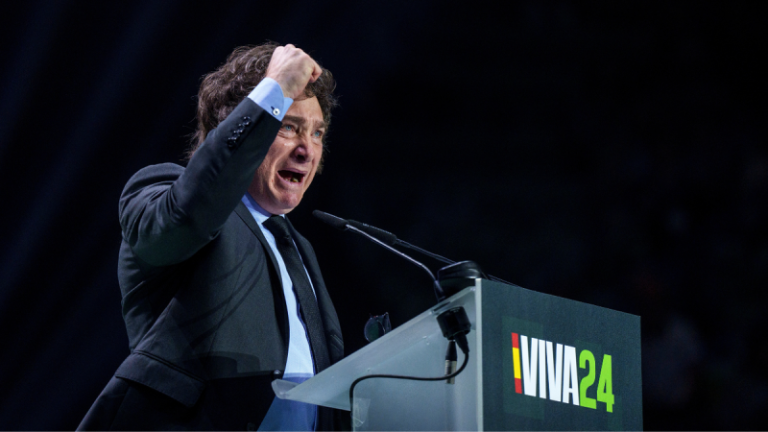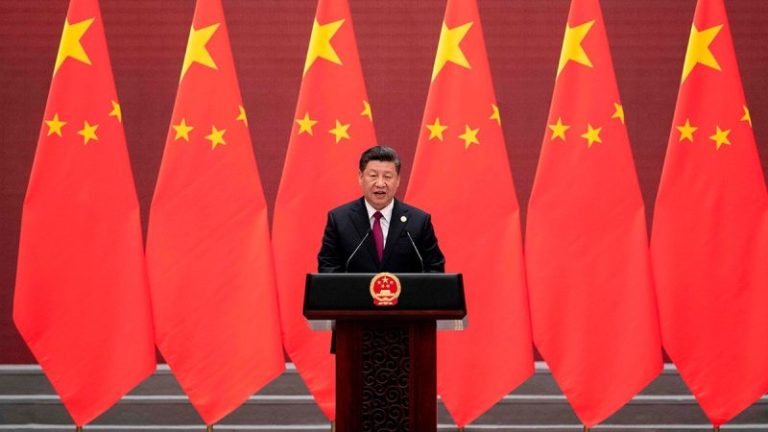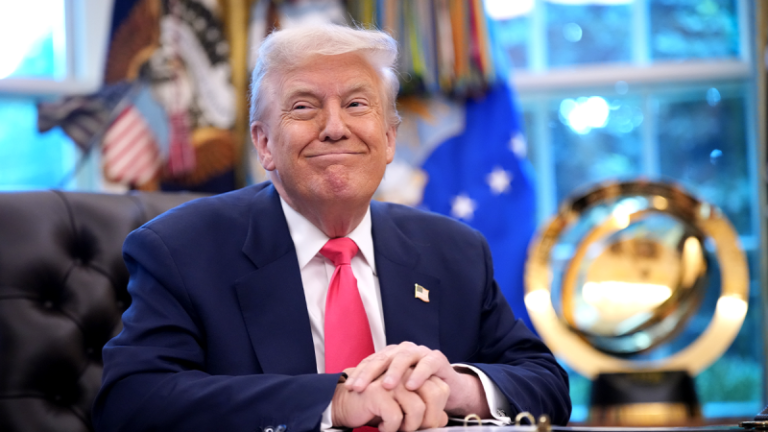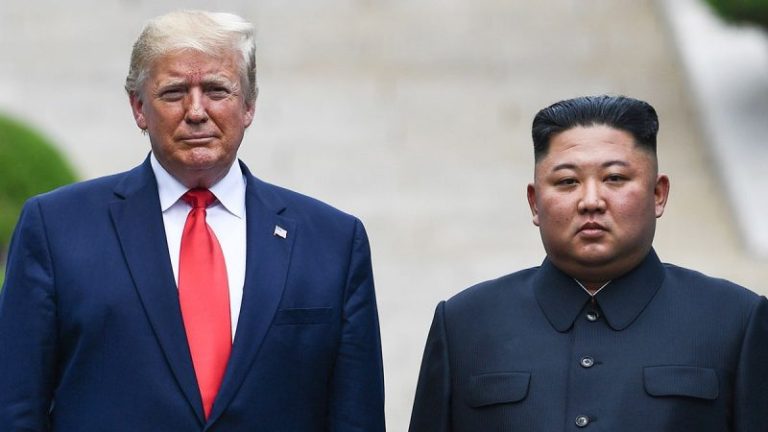Investor Insight
Cartier Resources presents a compelling gold investment opportunity, driven by a growing Abitibi resource, solid institutional support, and upcoming development milestones.
Overview
Cartier Resources (TSXV:ECR,FSE:6CA) is a Quebec-based gold exploration company advancing a compelling growth story anchored in one of Canada’s most prolific gold regions — the Abitibi Greenstone Belt. With a focused strategy, institutional support and a commitment to innovation, Cartier is building a significant gold resource base while positioning its flagship Cadillac project as an emerging mining camp east of Val-d’Or. As the company transitions from explorer to potential developer, the coming months present multiple catalysts for a significant valuation uplift.
Cartier projects in the Abitibi Greenstone Belt in Quebec
The Cadillac project has evolved from a single mine project into an emerging gold camp with multiple deposits, advanced resource modeling, and a clear development path. Located in a mining-friendly jurisdiction with existing infrastructure, the Cadillac project is ideally positioned to attract development partners, strategic investments, or acquisition interest from senior producers.
In 2023, using a gold price of US$1,750, Cartier completed a preliminary economic assessment (PEA) which confirmed the project’s robust economics, with a production forecast of 116,900 oz/year over 9.7 years and a low AISC of US$755/oz.
With permitting pathways de-risked by historical mining activity and extensive drilling already completed, Cartier has launched a fully funded 100,000-metre diamond drilling program. By combining AI and geostatistical reinterpretation techniques with traditional exploration methods, the company is positioning itself at the forefront of modern mineral discovery.
The Cadillac project has all the hallmarks of a high-potential development-stage gold asset: grade, scale, jurisdiction, infrastructure, and strategic backing. Cartier is also actively pursuing parallel value-creation opportunities, including the reprocessing of legacy tailings at the Chimo site and monetization of non-core assets like Wilson, Fenton and Benoist.
Company Highlights
- District-Scale Gold Project: Cadillac: Cartier’s core asset consolidates the former Chimo Mine and East Cadillac properties into a district-scale land package on the prolific Larder Lake-Cadillac Fault — host to more than 100 million ounces of historic gold production.
- Aggressive Exploration Program: In 2025, Cartier launched a 100,000-meter drill program — one of the largest in the region — to expand its substantial gold resources and unlock Cadillac’s camp-scale potential.
- Innovation in Discovery: The company is leveraging AI-assisted mineral discovery tools, in partnership with VRIFY, to sharpen drill targeting and accelerate new discoveries.
- Strategic Partnership with Agnico Eagle: Agnico Eagle, Cartier’s largest shareholder with a 28 percent equity stake, provides financial strength and validates the company’s assets and strategy.
- ESG-Friendly Tailings Reprocessing: Cartier has introduced a low-capex initiative to evaluate reprocessing 600,000 tons of historic tailings, representing a potential near-term revenue stream with ESG benefits.
- Attractive Valuation With a clean share structure and a market cap of C$52.9 million, Cartier offers significant re-rating potential as exploration and development catalysts unfold.
Key Projects
Cadillac Project
The company’s flagship Cadillac project is a consolidated land package totaling 11,525 hectares, located along a 15-kilometre strike of the Larder Lake–Cadillac Fault (LLCF) — one of the most productive gold-bearing structures in Canada. This fault zone has historically produced over 100 million ounces of gold across multiple camps. Cartier’s land package includes the past-producing Chimo Mine (379,012 oz gold from 1964 to 1997), West Nordeau, and several new discovery zones over a 10-km strike length straddling the LLCF.
Cartier has completed four mineral resource estimates (MREs) between 2019 and 2022. The most recent, published in May 2023, outlined 7.1 million tons (Mt) @ 3.1 grams per ton (g/t) gold (720,000 oz) indicated and 18.5 Mt @ 2.8 g/t gold (1.63 Moz) inferred. The PEA evaluated an underground mining operation fed from three primary zones (Chimo, East Chimo, West Nordeau), with a 2.9-year payback on a C$341 million capex. The PEA assumes an average head grade of 3.0 g/t gold and annual production of 116,900 oz gold. Infrastructure advantages include an existing shaft, power line and permitted tailings facility.
Cartier Resources has commenced its fully funded 100,000-metre drill program at the Cadillac Project in Quebec, the largest ever on the property. The 18-month campaign is designed to both expand known gold zones and test new high-priority targets along the Cadillac Fault Zone. With $11 million in cash and no debt, Cartier is well positioned to advance Cadillac’s district-scale gold potential.
Chimo Tailings Project
As part of Cartier’s sustainability-focused development strategy, the company is evaluating the potential for reprocessing approximately 600,000 tons of historical tailings deposited during the Chimo Mine operations. This project could unlock near-term, low-cost production with a minimal environmental footprint. Cartier will launch metallurgical characterization to assess gold recovery potential and economic viability. The project benefits from proximity to several underutilized gold mills in the Val-d’Or region, potentially enabling toll milling agreements.
Other Projects: Wilson, Fenton and Benoist
Cartier also holds 100 percent ownership of three additional gold projects — Wilson, Fenton and Benoist — all located within the Abitibi Belt and each hosting historical gold mineralization or compliant resources. The Wilson Project (1,750 ha, three zones), Fenton (671 ha, 12 zones) and Benoist (3,086 ha, two zones) are currently available for joint ventures or sale. These assets offer significant exploration upside and optionality, allowing Cartier to remain focused on Cadillac while preserving long-term value.
Management Team
Philippe Cloutier – Founder, President, CEO and Director
Philippe Cloutier is the founder and driving force behind Cartier Resources. A professional geologist with over 35 years of experience in the exploration and development of precious and base metal deposits, Cloutier has a deep technical understanding of the Abitibi Greenstone Belt, having spent most of his career advancing projects in this prolific region.
Nancy Lacoursière – Chief Financial Officer
Nancy Lacoursière brings over 20 years of experience in corporate finance, accounting and strategic financial management. She has held CFO and senior finance positions across the natural resources and manufacturing sectors, with a strong focus on Quebec-based operations.
Ronan Déroff – VP of Exploration
Ronan Déroff is a senior exploration geologist and Cartier’s designated qualified person under NI 43-101. With over 15 years of experience in mineral exploration, resource modeling, GIS and project management, Déroff leads the technical execution of Cartier’s exploration strategy. He has overseen the development of multiple MREs and PEAs for the Cadillac project, and played a central role in integrating modern data analysis and AI-assisted targeting into the company’s workflow. He holds a Masters in operations and management of mineral resources (EGERM), from the Université d’Orléans (France).

